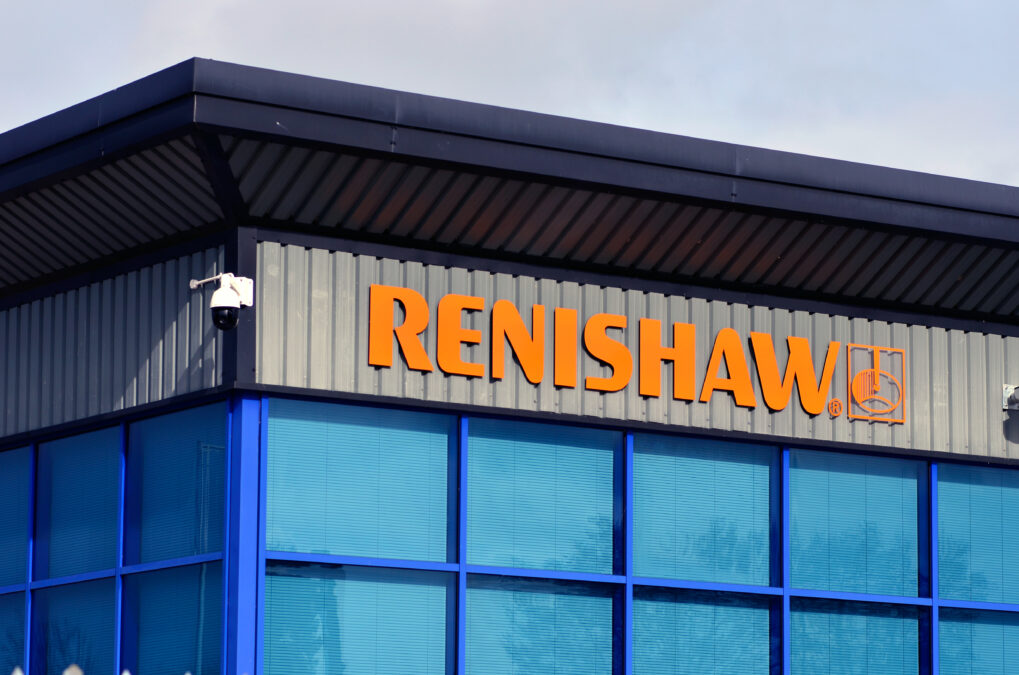Is the mainframe the best IT platform for the emerging era of recentralised, virtualised, policy-driven computing? A new whitepaper from Annex Research stops short of predicting a return to the mainframe dominance of old, but still offers compelling evidence that IBM's zSeries platform – the workhorse of most banks, airlines and other companies with bulk processing requirements – is enjoying a significant renaissance.
The whimsically entitled ‘Poughkeepsie Spring' is the work of Annex's president and IT industry research veteran, Bob Djurdjevic (the reference is to the mainframe capital of the world, Poughkeepsie, in upstate New York). Although, as a longtime proponent of mainframe virtues, it is no surprise to find Djurdjevic revisiting old arguments in favour of Big Iron, this time his arguments are backed up with impressive new evidence that the mainframe is having a resurgence.
In terms of sales last year, for instance, IDC numbers show IBM regaining server market share from its rivals (mainframes are classed by IDC as high-end servers). Of course, some of these IBM servers were Intel-based, some housed PowerPC Risc processors, and even the equally venerable midrange iSeries boxes have made a positive contribution in recent quarters.
However, undoubtedly the star performer in IBM's server stable is its zSeries – which, according to IBM systems group VP Bill Zeitler, was losing market share for the 10 years to 2000, but has now "regained it, [in] all four years".
There are a number of reasons for this resurgence (and an accompanying reinvestment in mainframe technology by IBM), and all of them illustrate how neatly traditional mainframe virtues tally with modern computing ideals.
Over the past four years, large IT users have been scrambling to regain control of their IT estates by re-centralising server resources and consolidating or integrating distributed applications. IBM's zSeries offers a cost-effective, manageable and scalable platform to support these goals.
As a corollary to that centralisation and consolidation, customers are exploring how that pool of resources could be ‘virtualised'. Once again, zSeries, arguably the first computer architecture to offer virtualisation capabilities off-the-shelf, has a lot to offer, as it does when customers consider the other key issue for 21st century computing: security. "The Fort Knox of the IT world" label that its proponents like to attach to the mainframe may be slightly ironic – the mainframes cast-iron security reputation is, to a great extent, a function of its proprietary, non-standard nature – but there is no denying that when security really matters, few companies look far beyond the zSeries for a suitable mission critical application platform.
However, perhaps the most striking element of Annex's case for the mainframe is not the new value placed on the old mainframe virtues, but the apparently compelling attraction of an entirely new mainframe attribute: openness.
The availability of the Linux operating system on the mainframe has helped IBM grab 37% of Linux server revenues, according to Scott Handy, vice president of worldwide Linux strategy at IBM, equal to the combined share of its two closest competitors, Dell and Hewlett-Packard. So will the Poughkeepsie Spring give way to a new mainframe Summer? At some customers, it undoubtedly will, but for many others, sourcing the skills needed to manage their existing mainframe estates effectively, let alone grow these, may prove the intractable obstacle.





